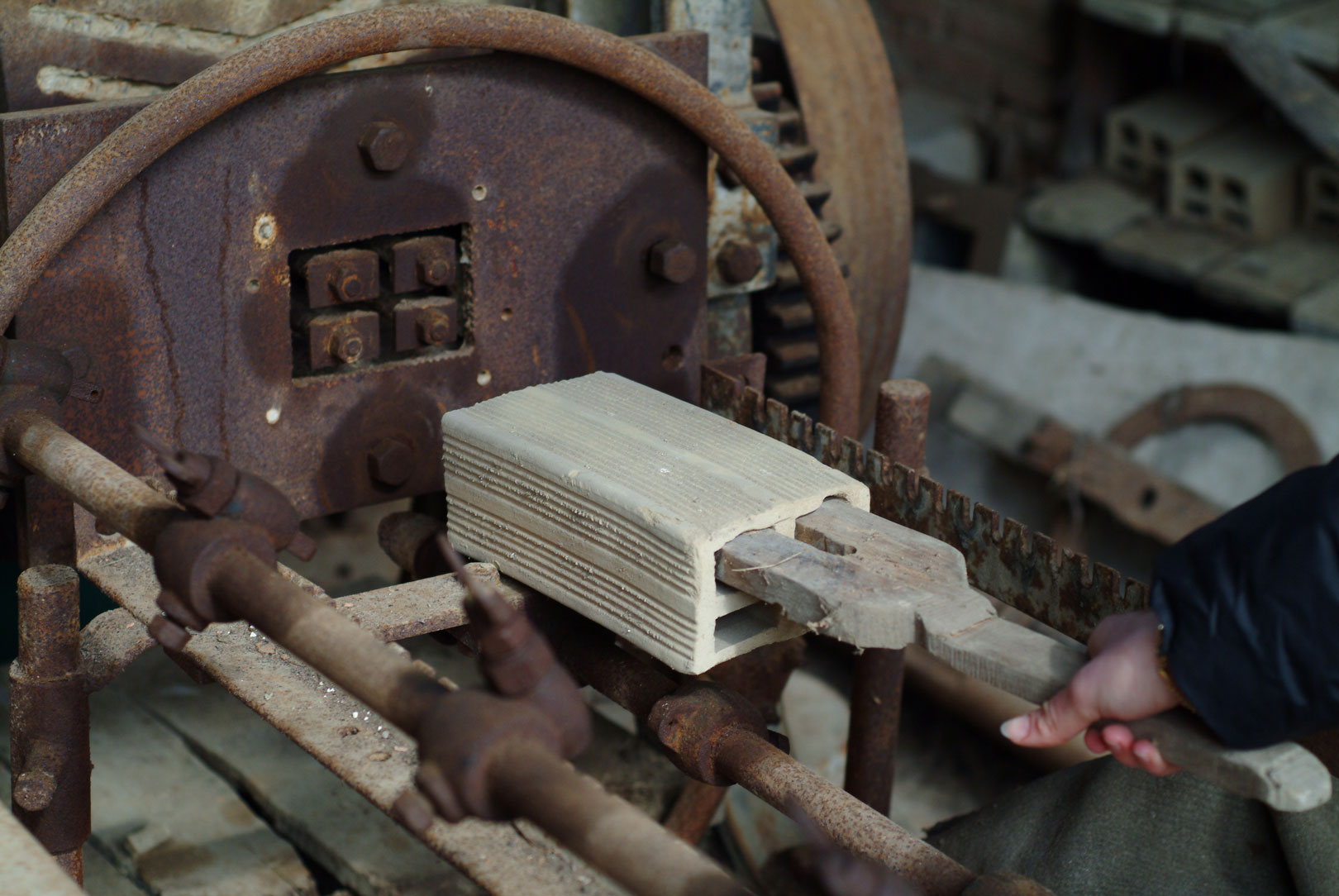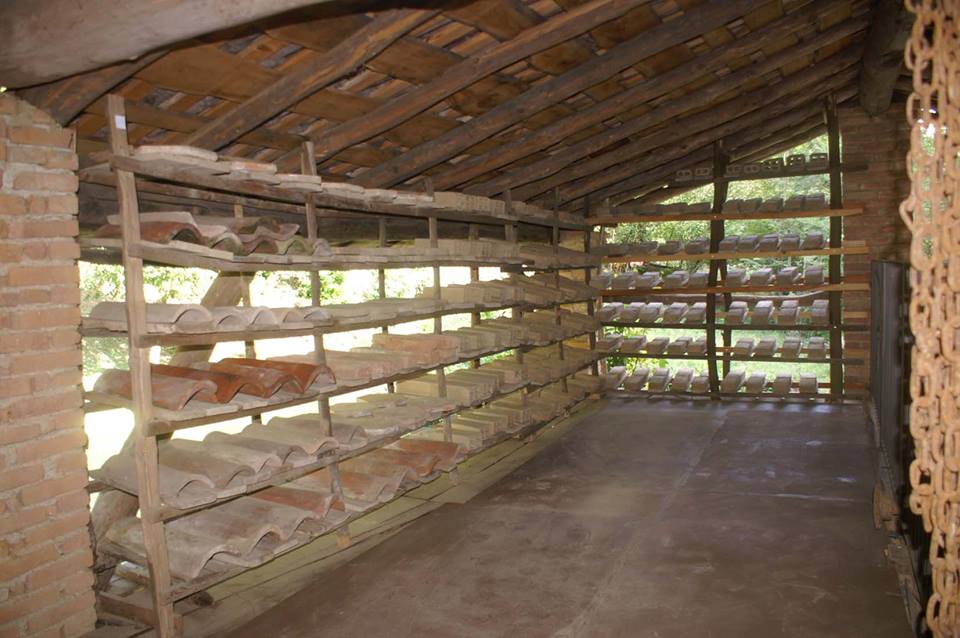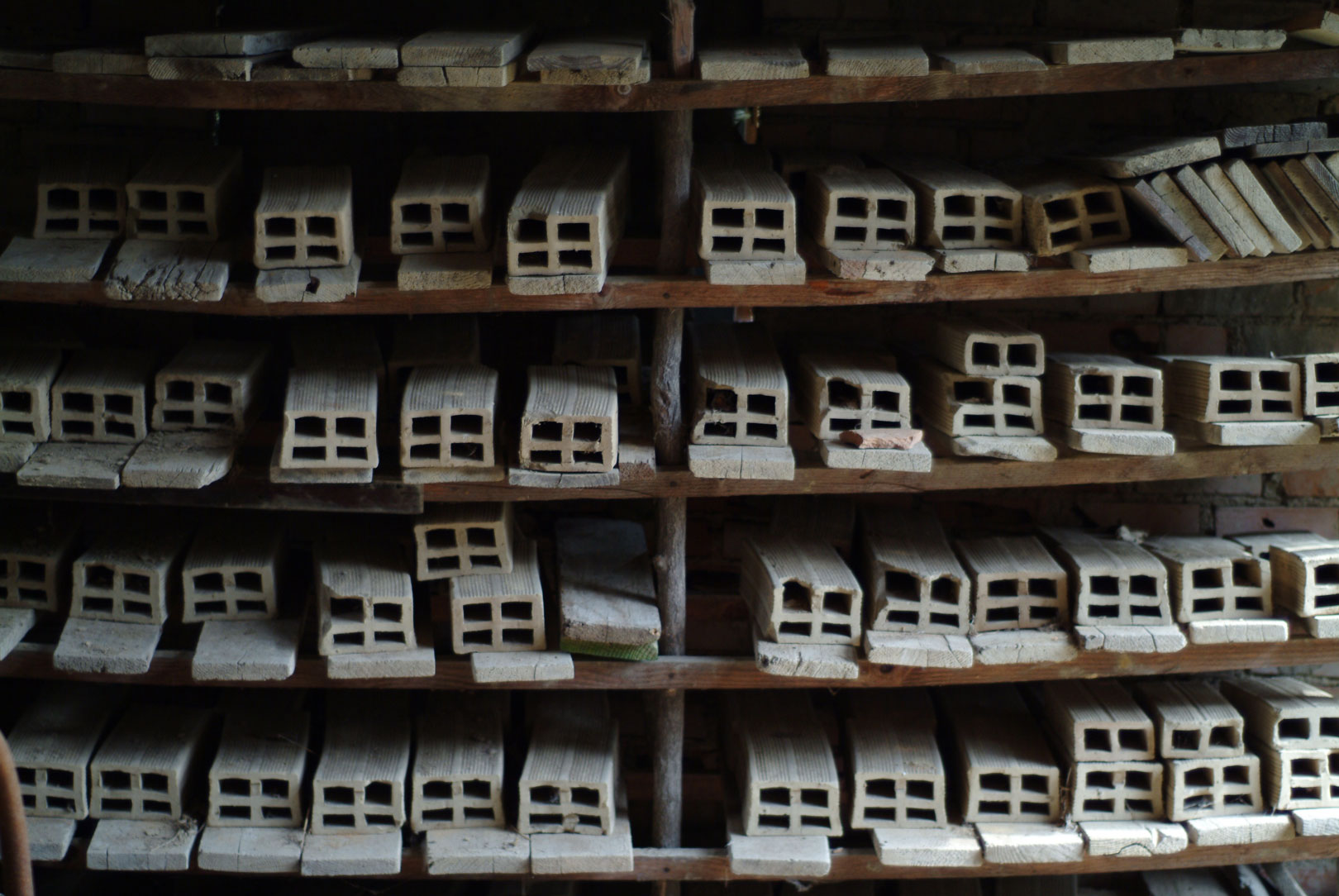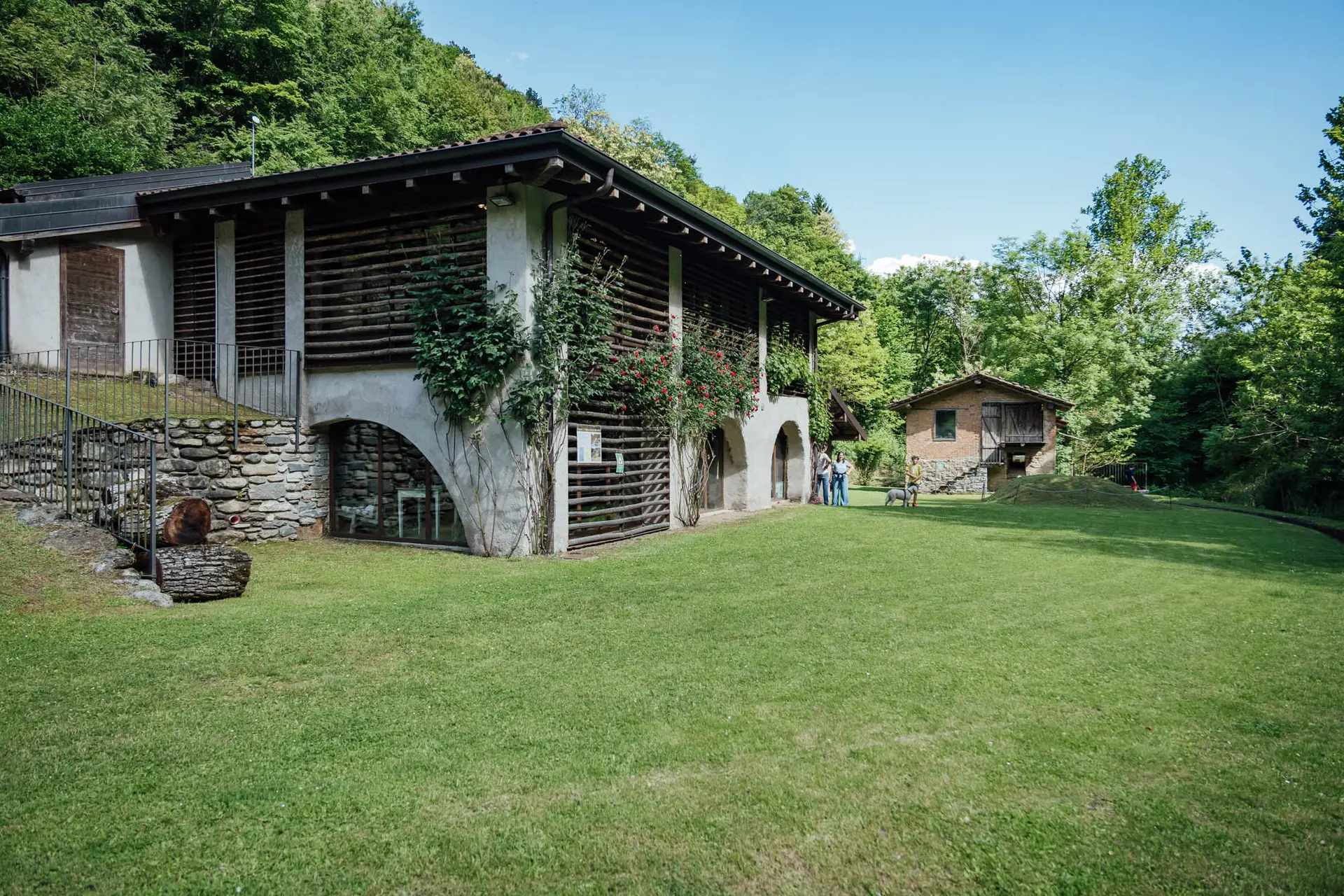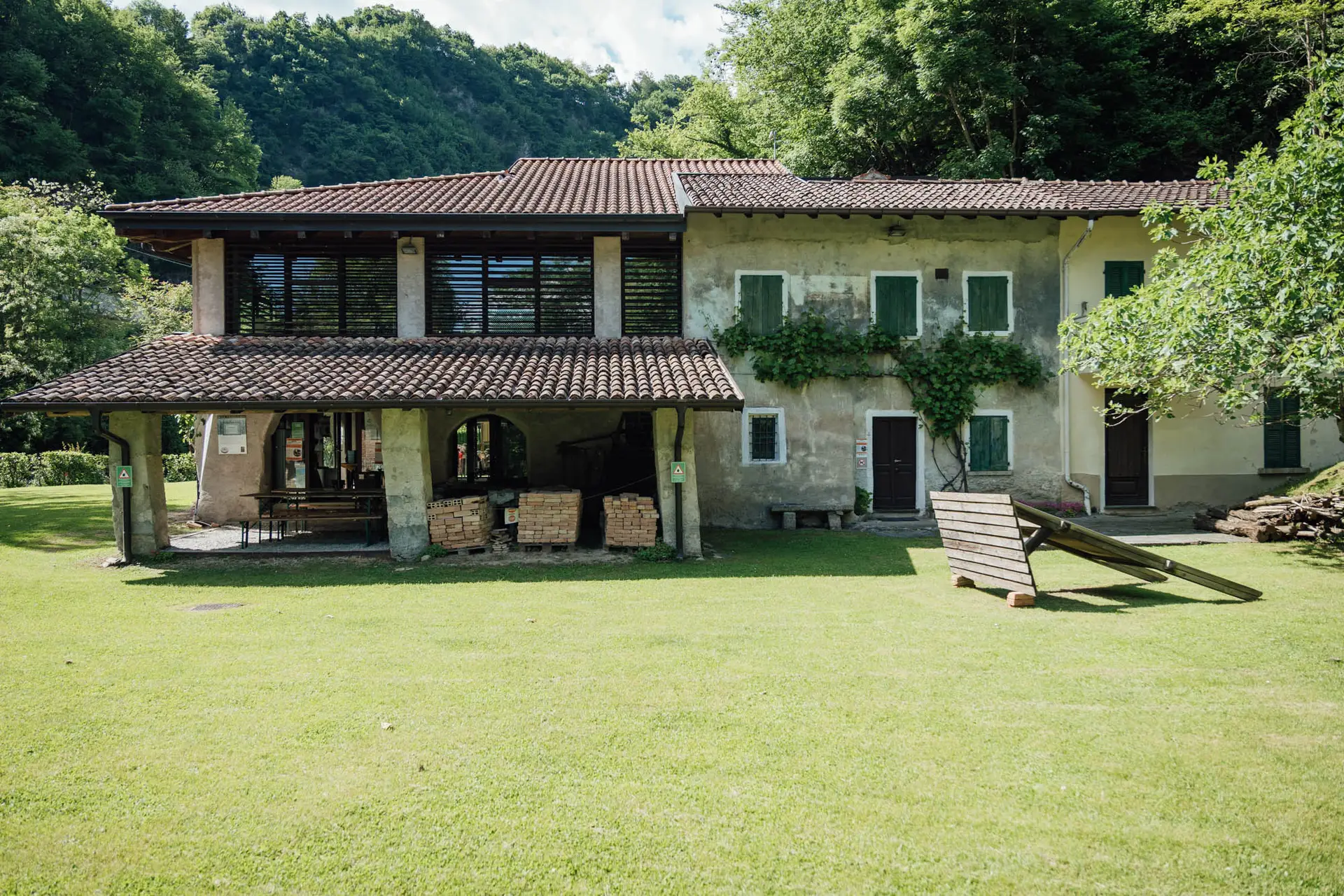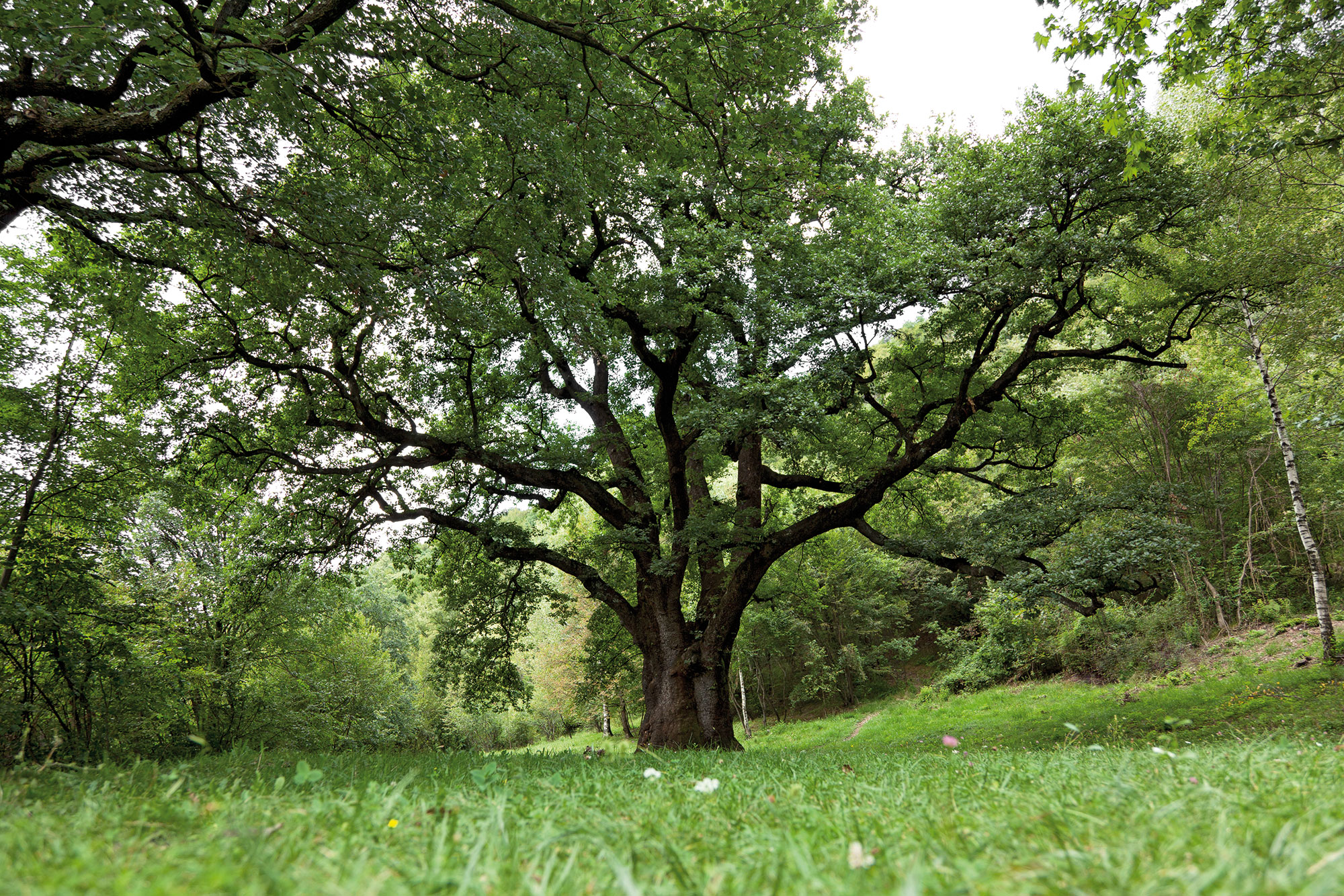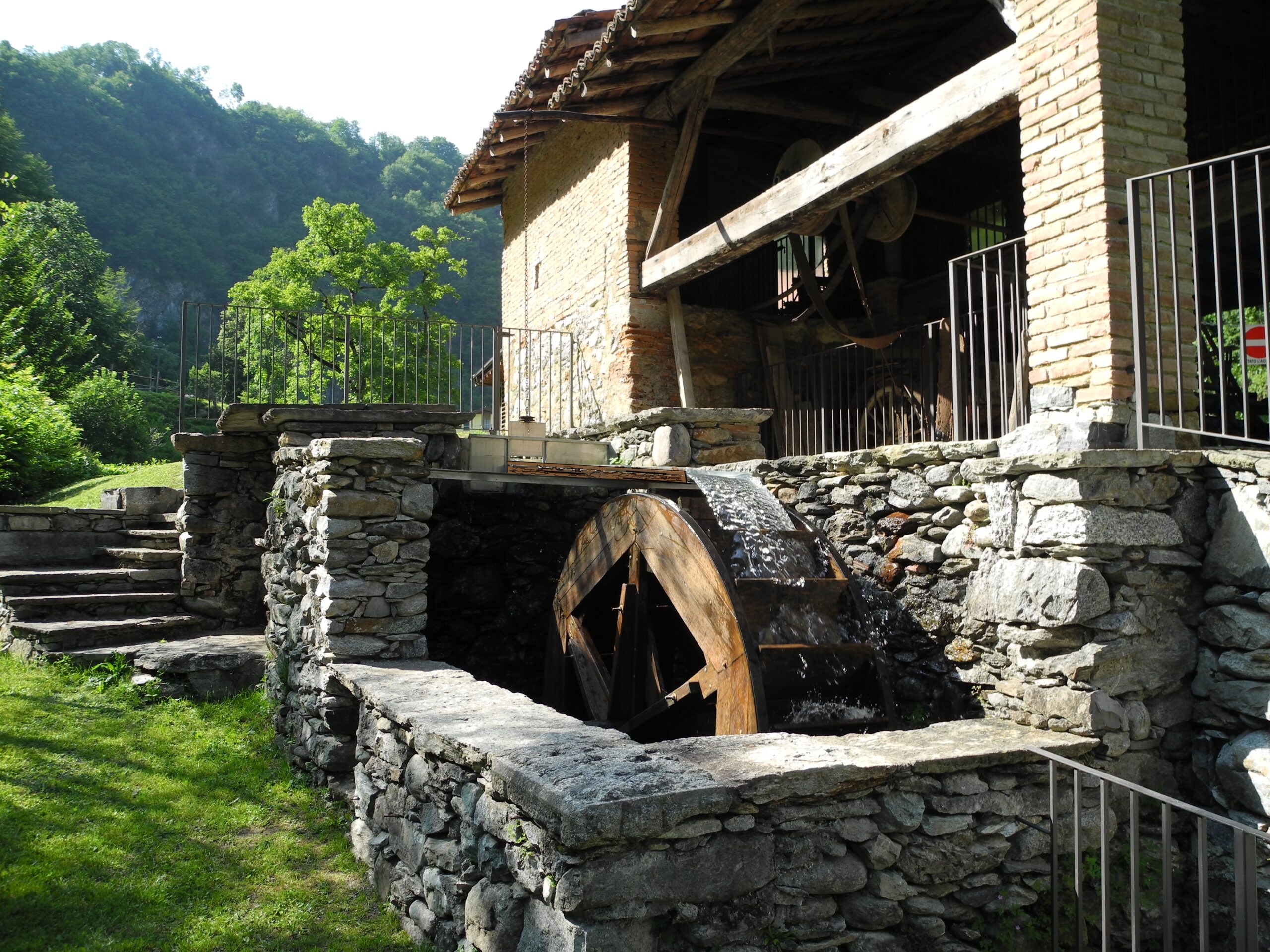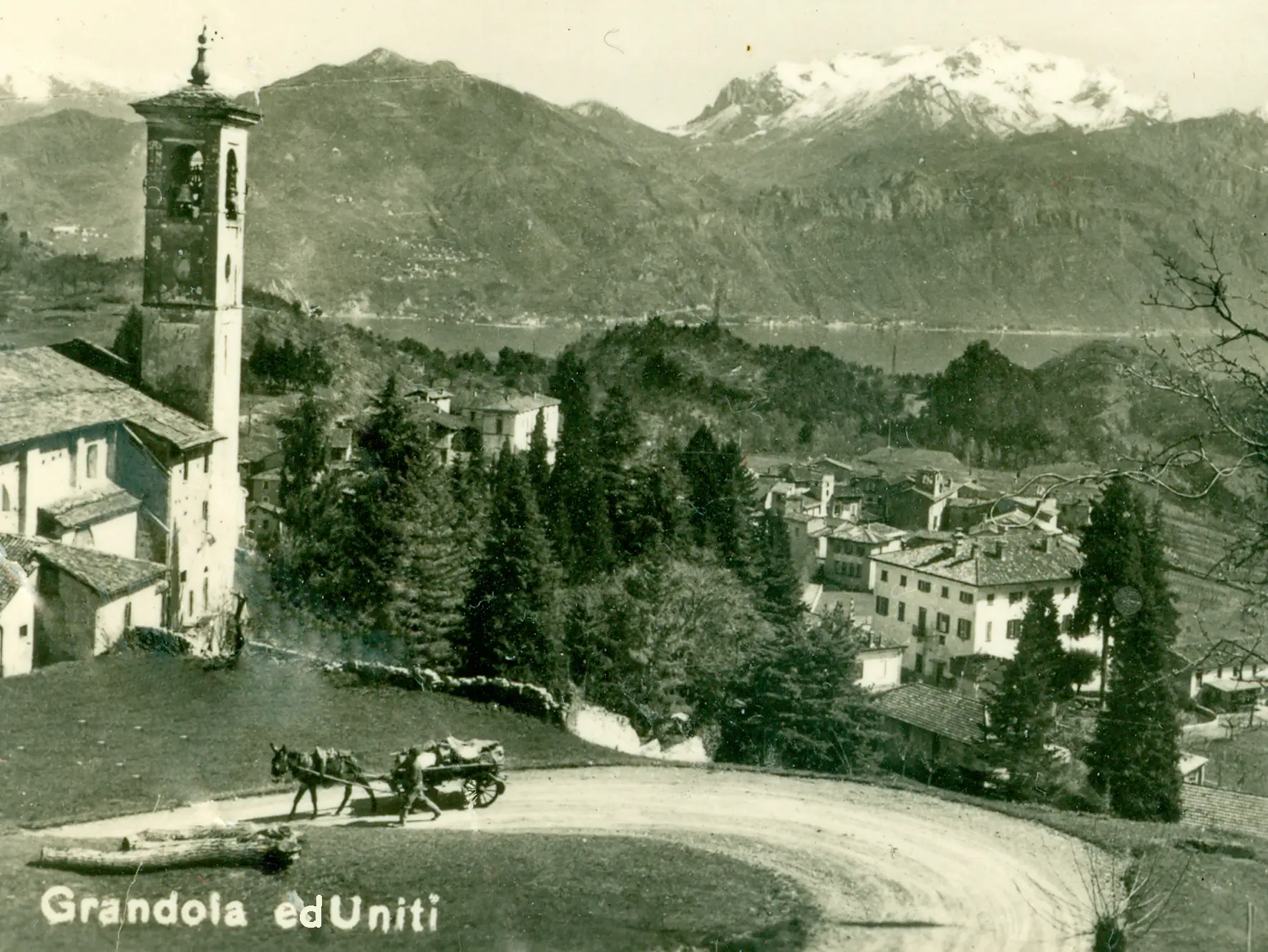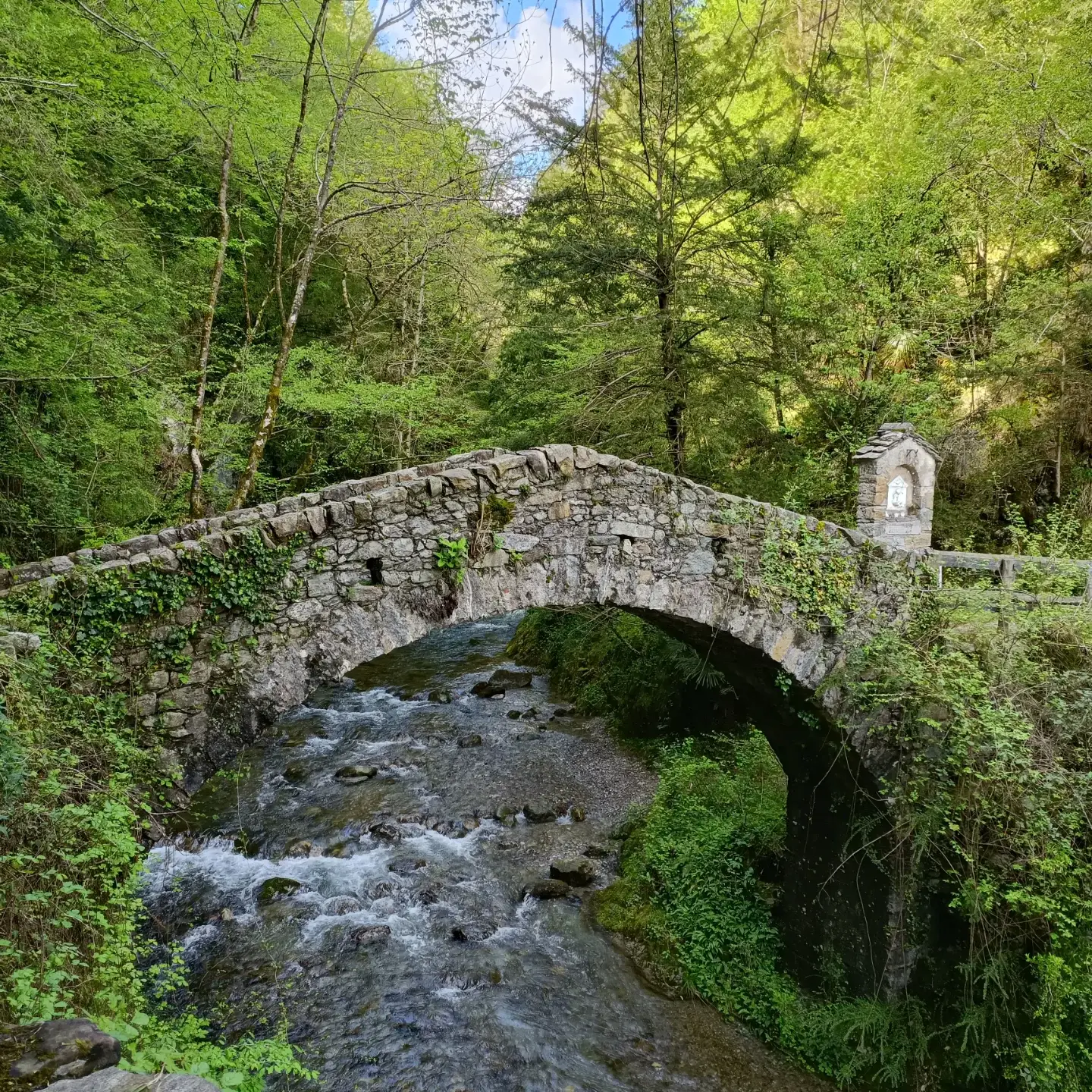The production of bricks in the Galli Furnace
The work in the furnace began with theextraction of the raw material, clay, which was dug alongside the bed of the Sanagra stream and transported outside the kiln using wheelbarrows or a horse-drawn wagon (the galley). Indi was piled outside and, using wheelbarrows and climbing a catwalk, was fed into a machine to be shredded.
These were at Hydraulic energy derived from a wooden wheel: water was drawn by an irrigation ditch arranged a few tens of meters away and connected to the site by piping. The ground clay was then brought back outside by a conveyor belt driven by a pulley, again connected to the water wheel.
The paltini: Skilled brick mold filling workers. The material was first sprayed with water, kneaded and made homogeneous; sometimes it was also prepared in the evening for the next day. The molds were of different types: solid or four-hole; roofing tiles were produced in addition to bricks.
Extracted from the molds, the bricks were deposited in the sun for the next 24 hours: this was theopen-air drying; they were then moved to special spaces under the furnace sheds or stacked outside covered with tiles so that rain would not get them wet.
The preparation of the kiln took place at the same time as the processing of the bricks: the walls were plastered with a refractory type of clay, which was useful for creating a protective thermal insulation to safeguard the structure.
The Galli Furnace
The oven of the Galli Furnace is in excellent condition, partly due to restoration. Polyhedral in shape, it is about ten meters high, with a base of about twelve meters square. The floor has two feeding channels through which the cooks inserted the fuel, beech wood, considered the best for such an operation. Other fuels were the coal and a few bundles of hornbeam wood, suitable for lighting operations.
The bricks were fed in while the kiln was still unlit: arranged in a fishbone pattern and spaced apart so as to achieve adequate ventilation and even firing. Vaults were created above the channels: this was a way to avoid contact with the flames, which would have caused the material to decay rapidly by scorching.
The furnace reached a temperature of 1,000 degrees centigrade, and the fumes produced necessarily had to escape from the attic of the building, in the absence of a chimney.
Cooking took a considerable amount of time,and even extended into the night hours. Close and constant supervision was necessary. The process needed 70 hours of burning, 900 degrees of temperature, 60 quintals of wood and 5 quintals of coal. Each load made it possible to cook 15,000 tiles.
Furnace activity was only possible in the summer period, from April to October: favorable weather conditions were required.
This is also why the highly mechanized continuous-cycle productions of the large brick companies in Lombardy were too strong competitors, capable of working nonstop and completing the entire production process in only 3 days.
You might also be interested in.
Other Insights
